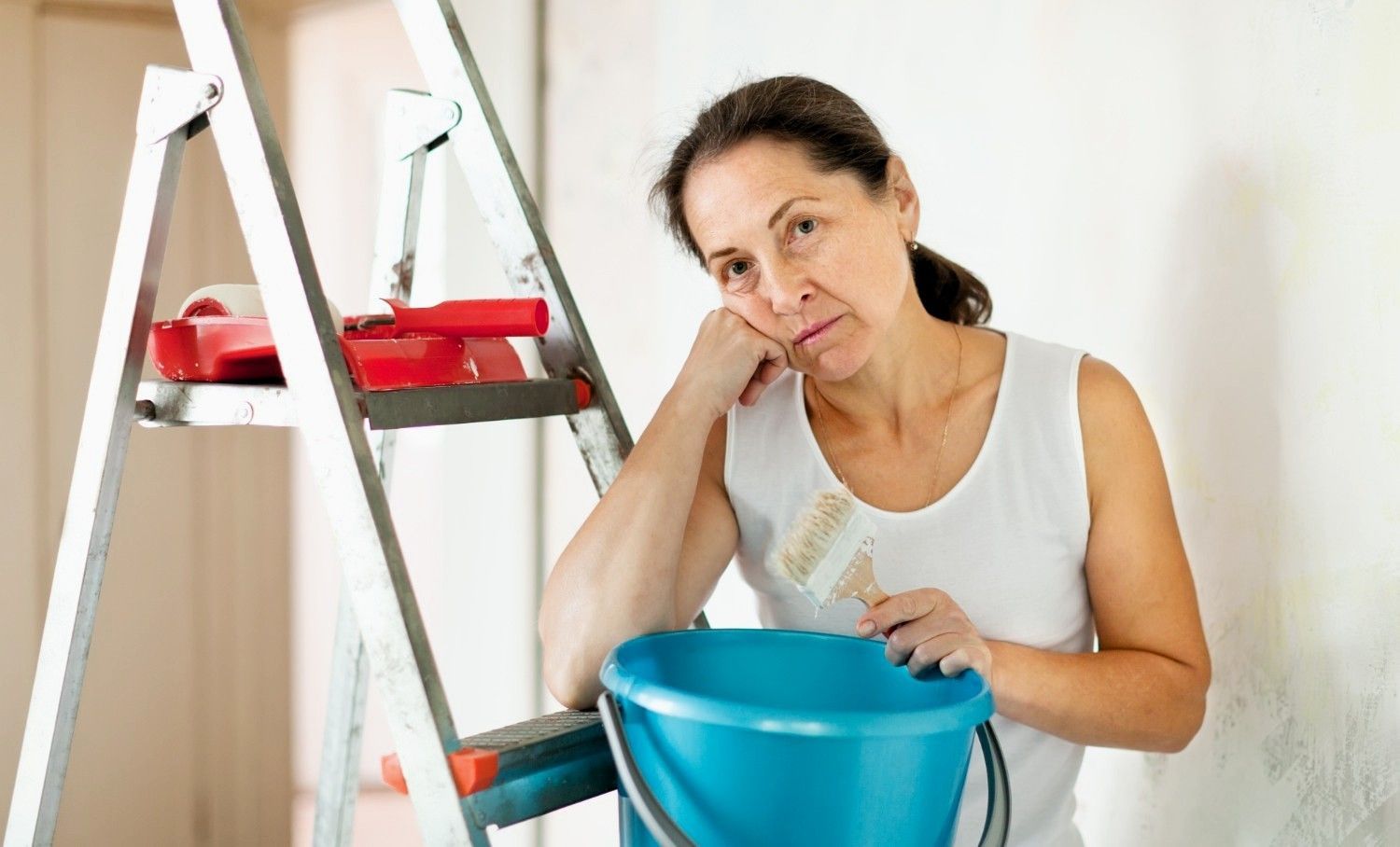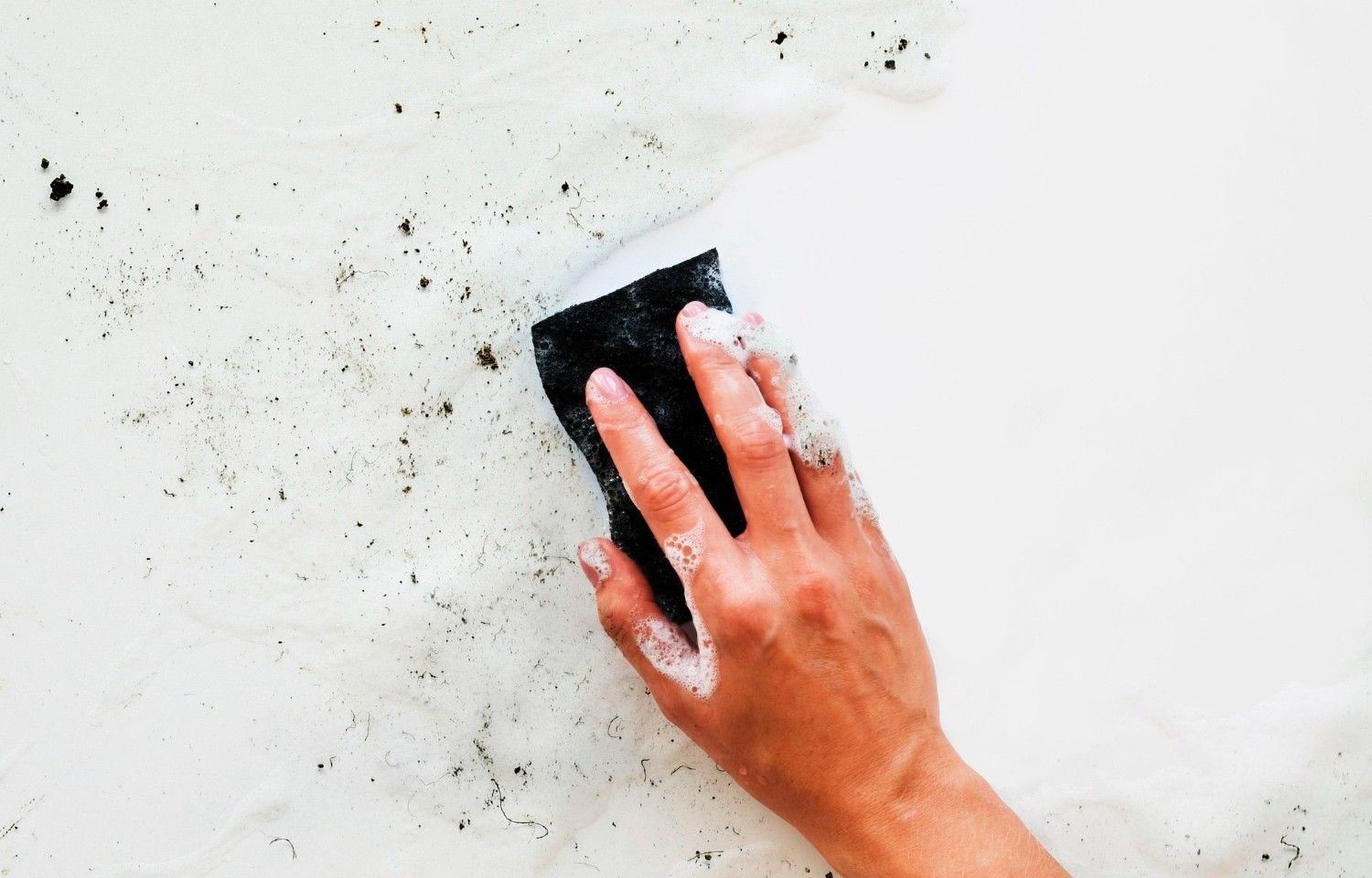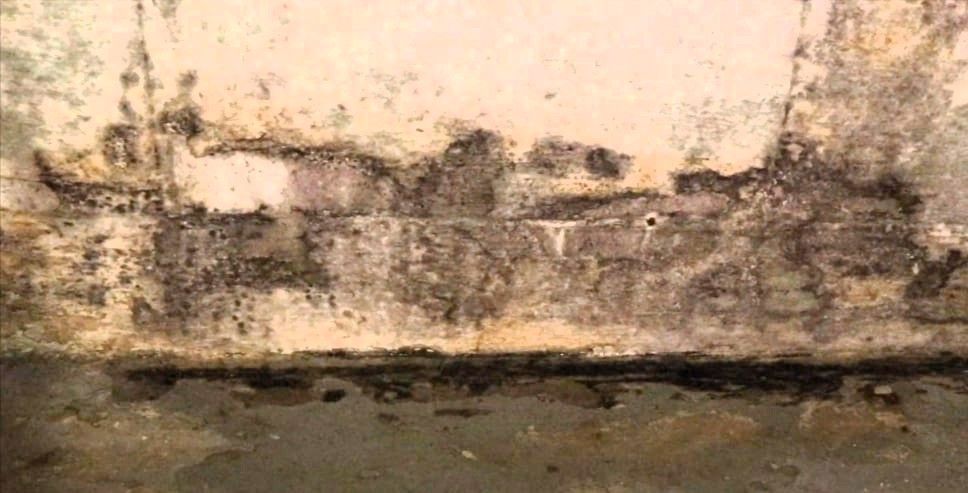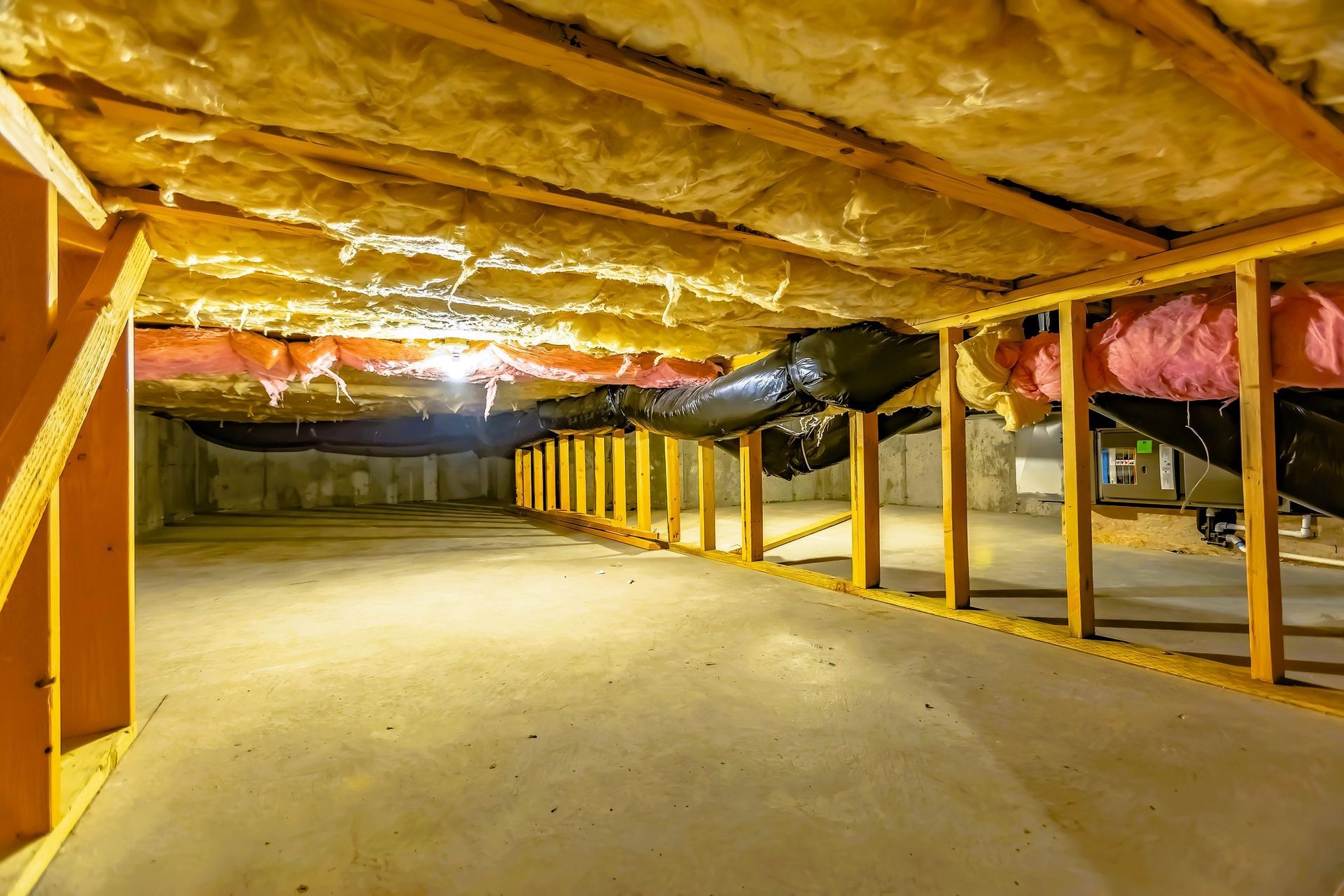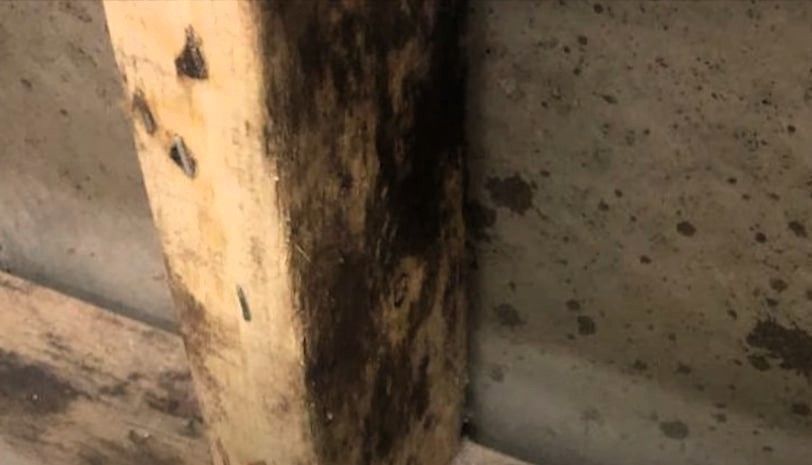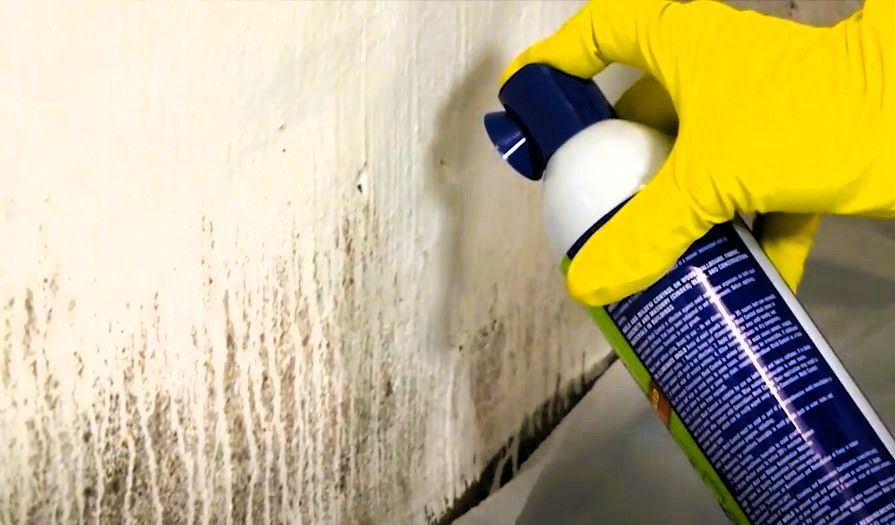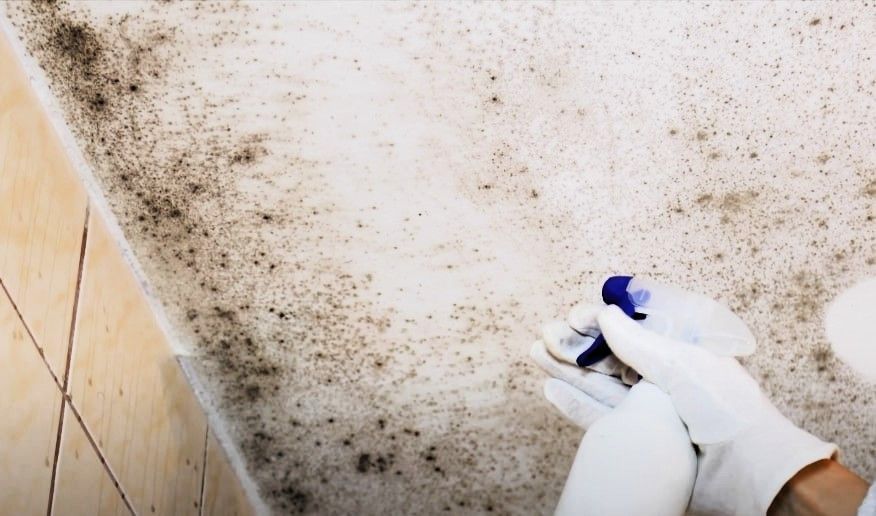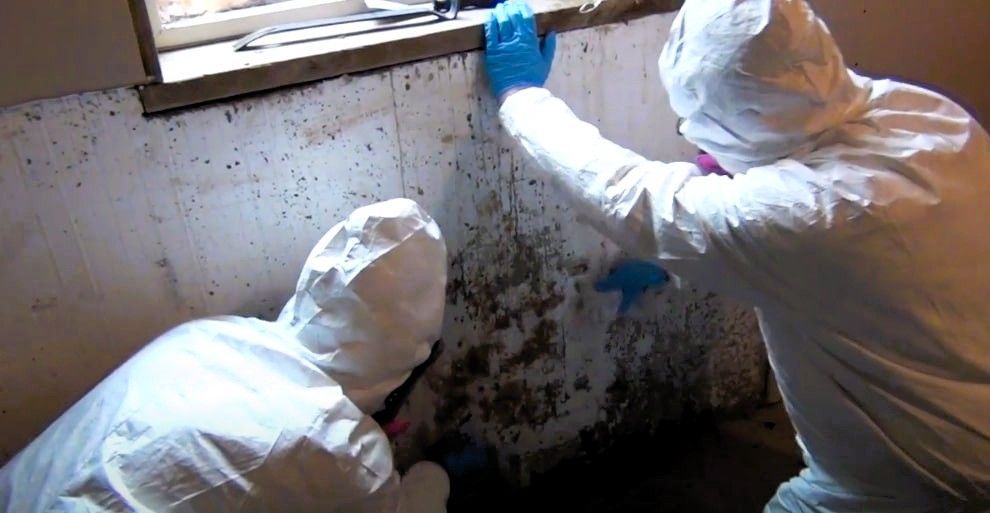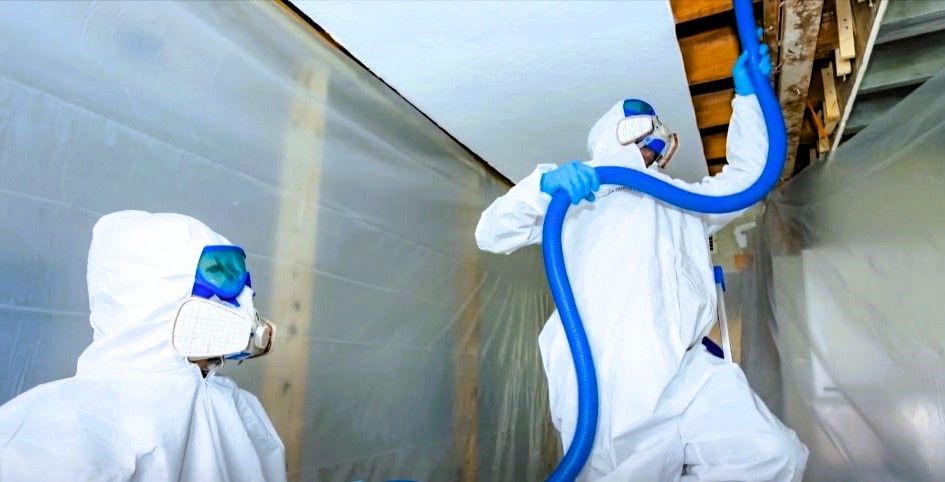The Difference Between Mold Removal and Mold Remediation
What's the difference between mold removal and mold remediation?
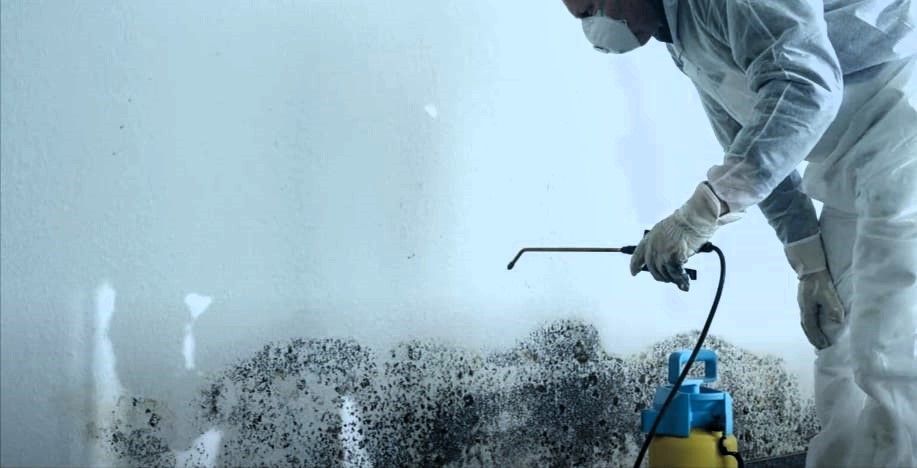
When it comes to dealing with mold, you might have heard the terms "mold removal" and "mold remediation" tossed around interchangeably. But did you know there's a significant difference between the two? Understanding this contrast is key to tackling mold problems effectively and making smart choices for your home's well-being. In this article, we'll break down the disparities between mold removal and mold remediation, shedding light on their processes, goals, and advantages.
Mold Removal: Addressing Immediate Concerns
Mold removal is all about getting rid of visible mold. It's like cleaning up a spill – it's important, but it doesn't fix the leaky faucet. While mold removal is essential for addressing immediate health and safety concerns, it doesn't necessarily solve the root problem.
Mold Remediation: A Comprehensive Approach
Mold remediation, unlike a quick fix like patching up a leaky faucet, is a thorough process that involves more than just getting rid of visible mold. It's about getting to the root of the problem, eradicating existing mold, and bringing your space back to a safe, healthy state. It's like getting a professional plumber to fix that leaky faucet once and for all, ensuring it doesn't cause more damage down the line. Mold remediation is all about taking proactive steps to prevent future issues and providing long-term solutions for your home.
The Mold Remediation Process
Mold remediation involves several crucial steps:
- Mold Inspection and Assessment: A skilled mold remediation expert will carefully inspect your home to gauge the severity of the mold issue, identify the specific type of mold involved, and locate the root cause of the moisture that's fueling its growth.
- Containment: To stop mold spores from spreading to other parts of your home, we take special steps. We close off the area where the mold is, use air pressure to keep the spores from escaping, and put up barriers and use special tools. This measure ensures the safety of you and your home.
- Cleanup and Air Filtration: We make sure to remove mold-infested materials with care and precision, using effective cleaning techniques to completely rid your space of mold spores. Additionally, we employ air filtration systems to catch any lingering mold particles in the air, ensuring that your indoor air quality is top-notch.
- Disposal or Removal: If you're dealing with porous materials that can't be properly cleaned or fixed, it might be time to consider safely disposing of them. It's essential to halt the spread of mold.
- Sanitization Step: After the mold has been removed, we thoroughly sanitize affected surfaces and belongings to eradicate any lingering mold particles and thwart future growth. This step may include deodorization to eliminate mold-related odors.
- Proactive Advice: Mold remediation experts offer tailored recommendations to thwart future mold proliferation. Suggestions may include resolving moisture concerns, enhancing ventilation, and adhering to effective maintenance routines.
- Post-Remediation Inspection: After the remediation process is complete, a post-remediation inspection is conducted to ensure the success of the treatment and verify that the affected area is free from mold.
When is Mold Remediation Necessary?
Mold remediation becomes crucial when the mold infestation spreads across a considerable area, typically exceeding 10 square feet, or when occupants of the affected space start experiencing health issues related to mold exposure. Routine inspections play a crucial role in detecting mold growth early on, allowing for swift remediation and minimizing additional damage.
Preventing Mold Recurrence
Preventing mold from coming back means tackling the root causes of moisture that fuel its growth. That means fixing leaks, boosting ventilation, managing humidity, and keeping up with maintenance tasks. It's vital to heed the advice of mold experts to keep your home mold-free.
Professional Mold Remediation vs. DIY Approach
While small-scale mold problems can be tackled by homeowners, larger infestations and cases involving structural damage require professional mold remediation. DIY approaches may lack proper containment measures, leading to cross-contamination and inadequate removal of mold spores. Professional remediation ensures the safety of occupants, proper handling of the situation, and comprehensive treatment.
Mold Remediation Standards
Mold remediation professionals adhere to industry regulations and guidelines to ensure safe and effective treatment. This includes using appropriate personal protective equipment, implementing containment measures to prevent cross-contamination, maintaining indoor air quality during the process, and protecting unaffected areas of the property. Knowing the difference between mold removal and mold remediation is crucial for dealing with mold problems effectively. Mold removal targets visible mold, while mold remediation takes a comprehensive approach to identify the source, eliminate existing colonies, and prevent future growth.
At Grand Rapids Mold Relief, we prioritize thorough mold remediation processes. Our skilled professionals possess the expertise to handle mold infestations of any scale, ensuring your property is treated effectively and safely through industry-standard techniques and strict adherence to guidelines.
Protect your home or office from the dangers of mold.
Reach out to us today to discover how our services can help with your mold remediation requirements. Take the initial step toward a mold-free space by contacting Grand Rapids Mold Relief.

